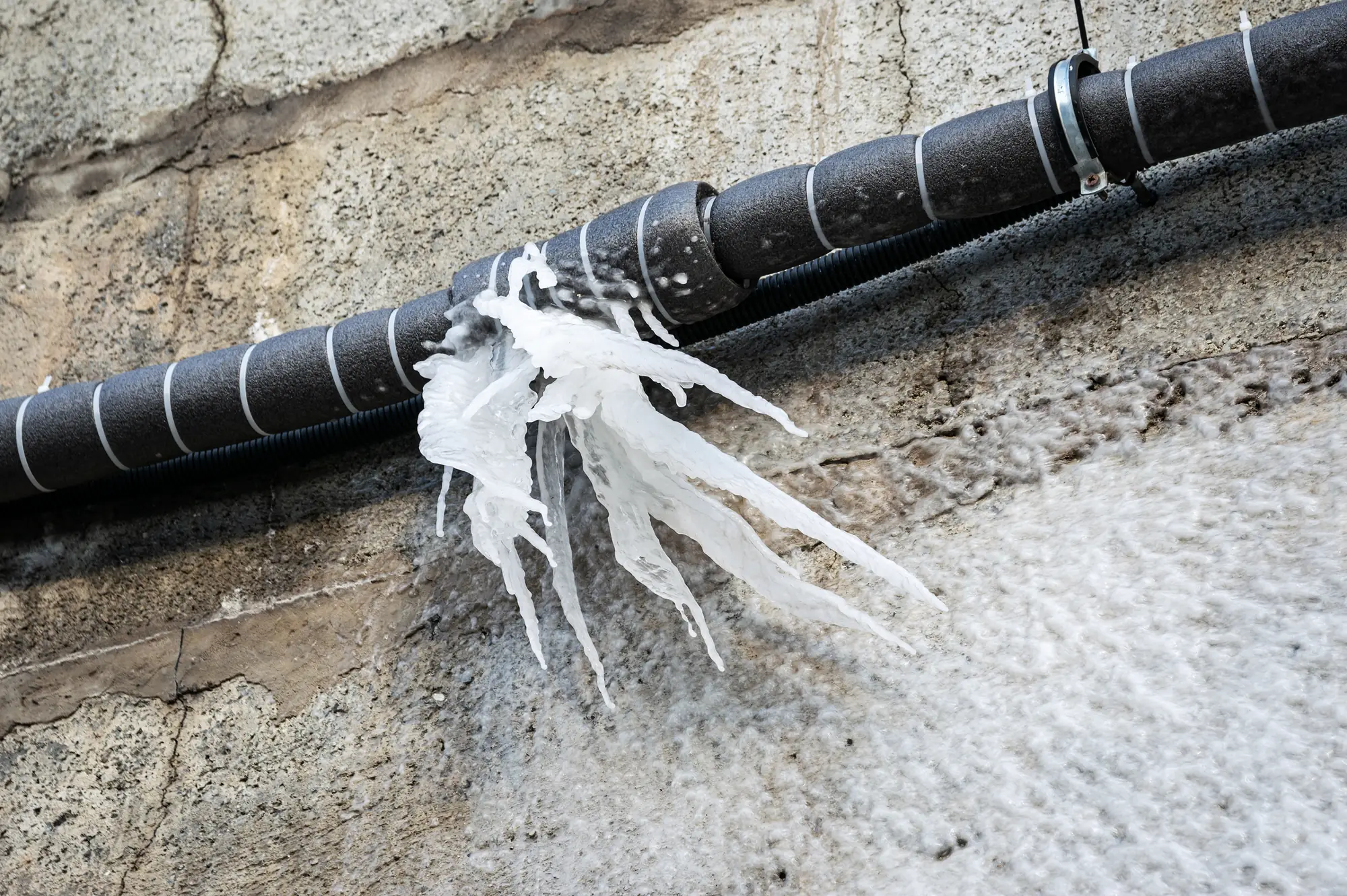
Hear From Our Customers
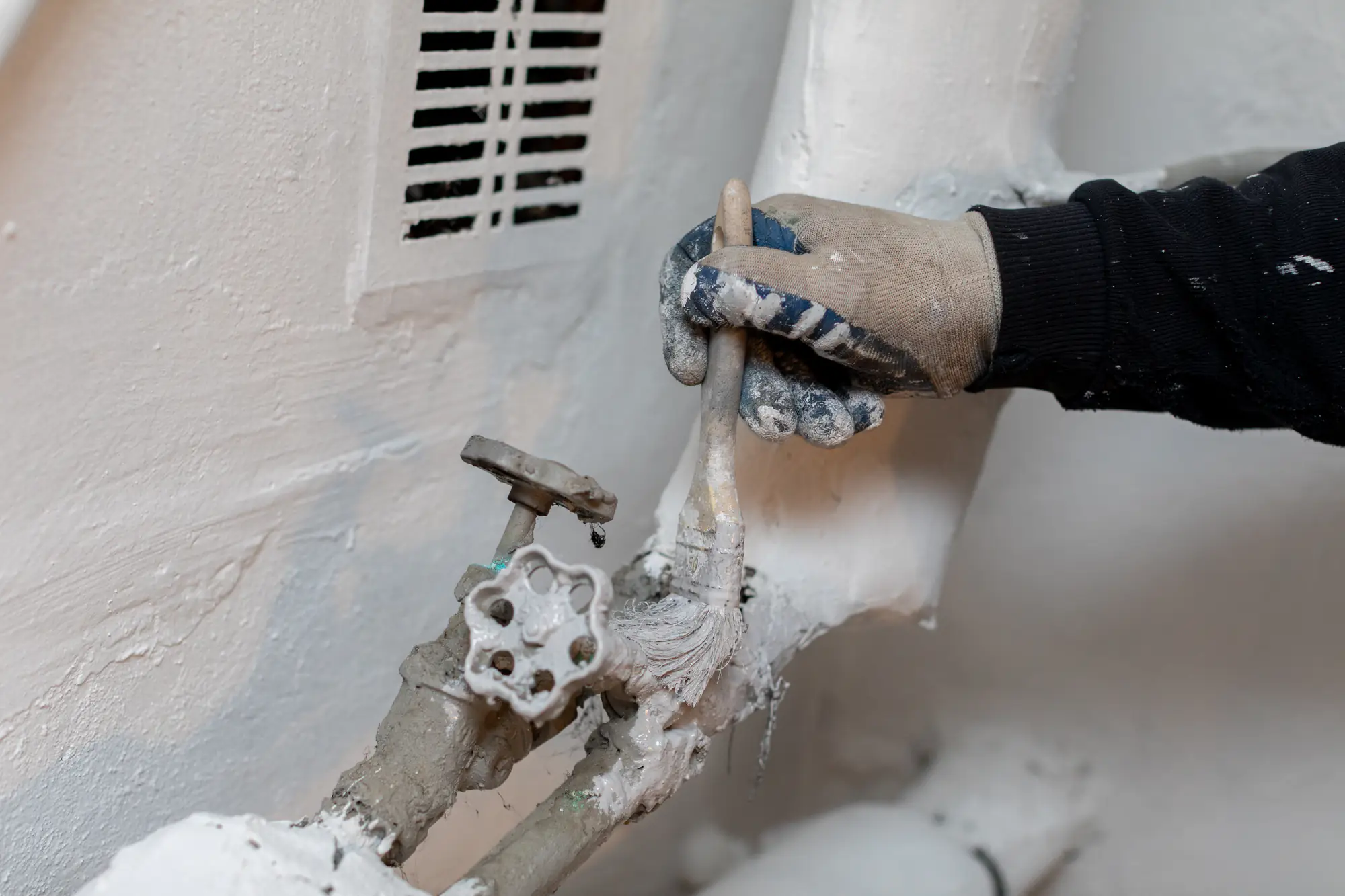
You wake up to no water pressure and strange sounds from your walls. That sinking feeling hits when you realize your pipes might be frozen—and time is running out before they burst.
Here’s what life looks like after we handle your frozen pipe emergency. Your water flows normally again, your home stays dry, and you sleep soundly knowing your plumbing can handle whatever winter throws at it. No more middle-of-the-night worries about burst pipes flooding your basement or ruining your belongings.
We don’t just thaw your pipes and leave. Our team identifies why they froze in the first place and takes steps to prevent it from happening again.
Go-Rooter Emergency Plumbers has served Cook County families since 2001, handling everything from routine maintenance to middle-of-the-night emergencies. We’re not some big corporate chain—we’re your neighbors who understand exactly what Harwood Heights winters do to plumbing systems.
Our team knows that when temperatures hit 20°F or below, your pipes are in serious danger. We’ve seen what happens when pipes freeze in crawl spaces, basements, and exterior walls throughout the area. That’s why we keep our trucks stocked and ready 24/7, especially during those brutal cold snaps that roll in off Lake Michigan.
With over 154 satisfied customers and a 4.9-star rating, we’ve earned our reputation by showing up fast and fixing problems right the first time.
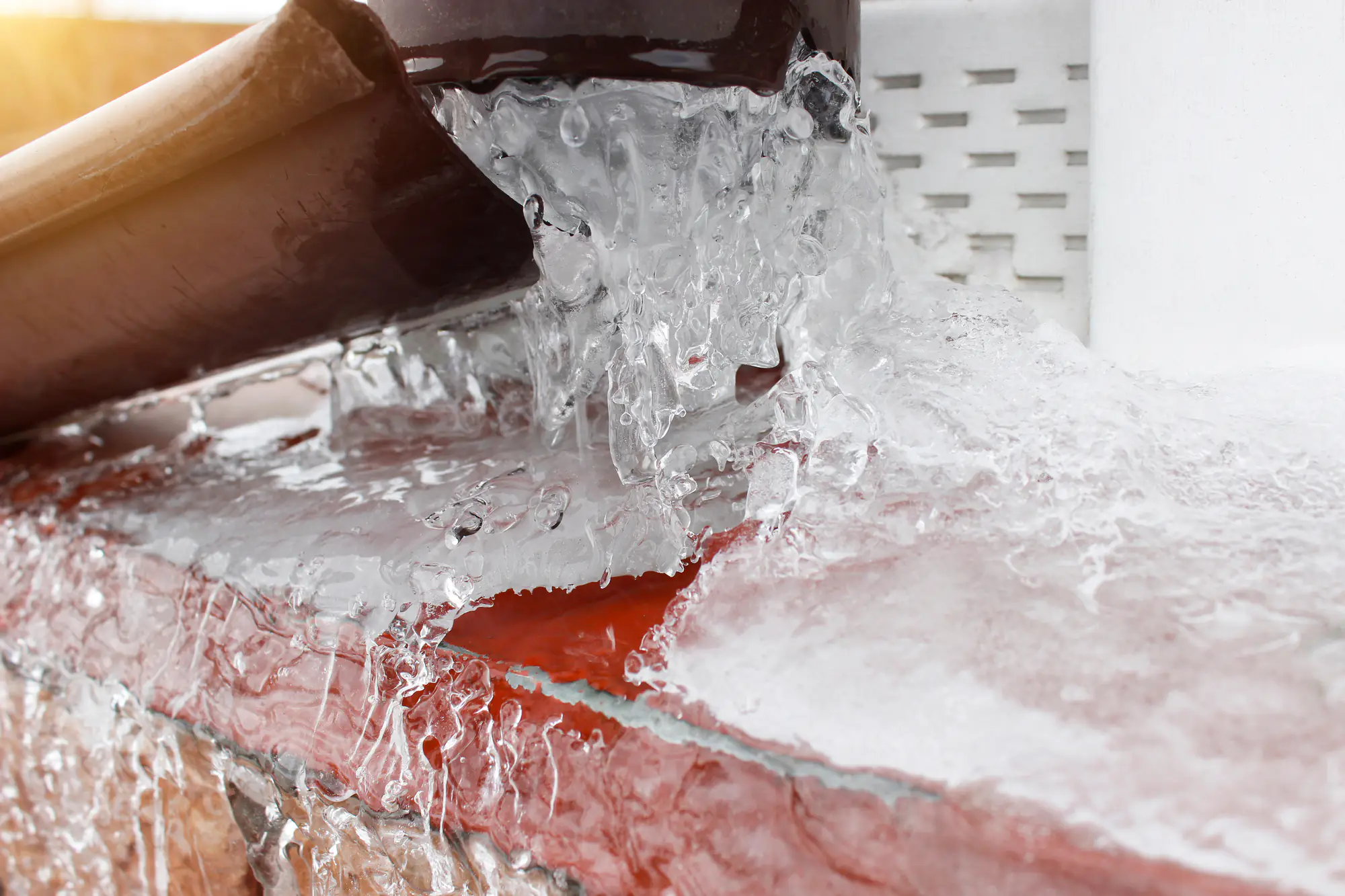
When you call us about frozen pipes, we dispatch a technician immediately—often within an hour. Our first priority is locating exactly where your pipes are frozen and assessing whether they’ve already burst.
We use professional-grade thawing equipment to safely warm your pipes without causing damage. No hair dryers, no open flames, no risky DIY methods that can make things worse. Our technicians know exactly how to restore water flow without putting your home at risk.
Once your pipes are flowing again, we don’t just pack up and leave. We inspect your entire system for potential weak spots, check for any damage that occurred during the freeze, and give you specific recommendations to prevent this from happening again.
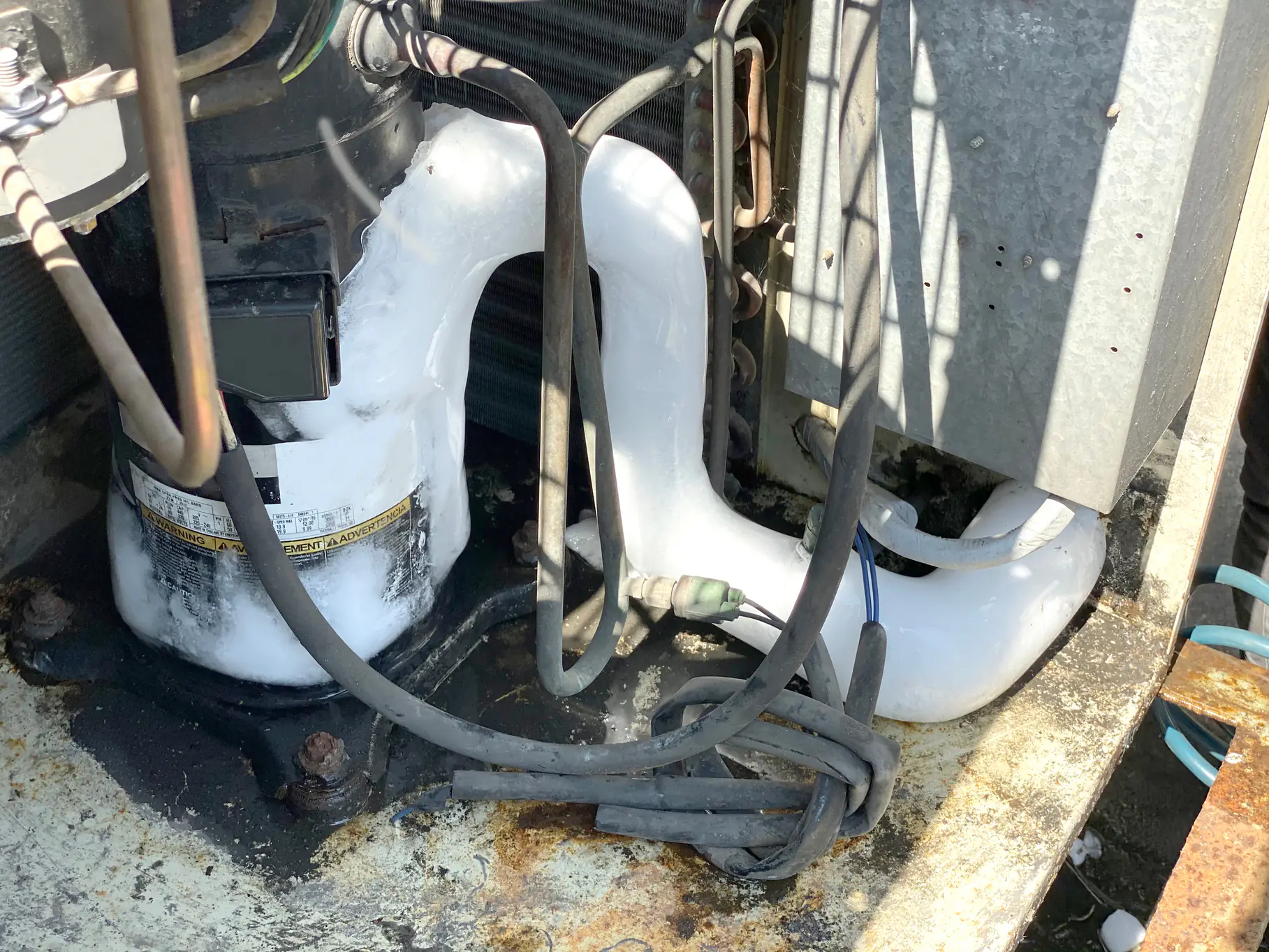
Ready to get started?
Our frozen pipe repair service includes immediate thawing, damage assessment, and preventive measures to protect your home all winter long. You get upfront pricing before any work begins—no surprise bills when the job is done.
Harwood Heights sees average winter temperatures around 21°F at night, with some days dropping well below zero. Your pipes are especially vulnerable if they run along exterior walls, through unheated basements, or in crawl spaces. We know exactly where to look and how to protect these problem areas.
Every service call includes a thorough inspection of your plumbing system. We’ll identify pipes that need insulation, recommend temperature settings that prevent freezing, and show you warning signs to watch for during cold weather.
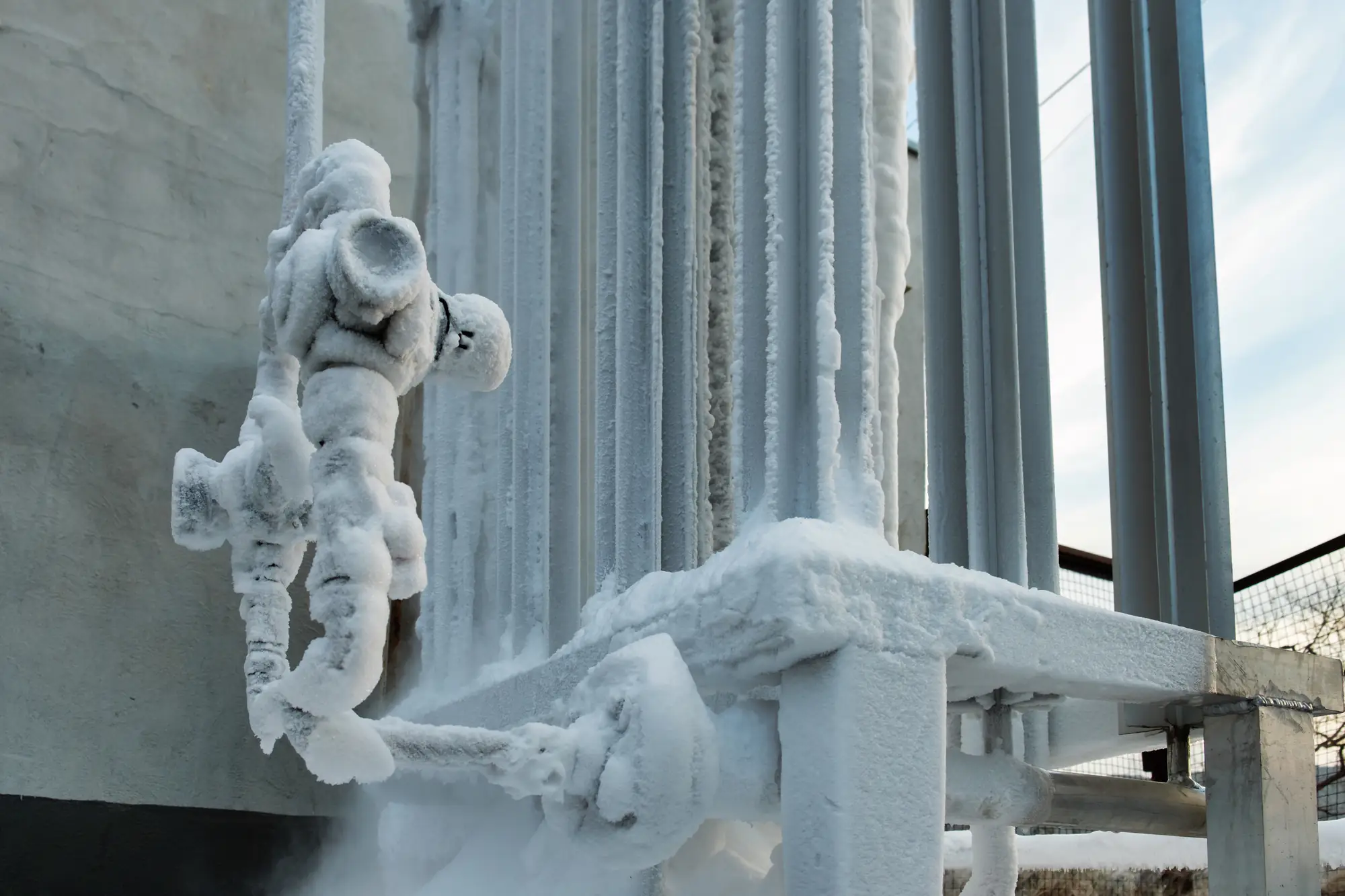
We typically arrive within an hour of your call, often faster during winter emergencies. Our trucks are fully stocked and strategically positioned throughout Cook County to reach Harwood Heights quickly.
Time is critical when pipes freeze because they can burst within hours once temperatures drop. That’s why we maintain 24/7 emergency service throughout the winter months. When you call, you’ll speak directly with our dispatch team who can give you an accurate arrival time based on your location and current weather conditions.
Frozen pipe repair typically costs between $150 and $500, depending on the location of the frozen pipes and whether they’ve already burst. We provide upfront pricing before starting any work, so you’ll know exactly what you’re paying.
Simple thawing services for accessible pipes cost less than complex repairs involving pipes inside walls or underground. If pipes have burst, repair costs can range from $500 to $2,000 depending on water damage. We’ll assess your situation and give you a detailed estimate before beginning any work.
Our transparent pricing means no hidden fees or surprise charges, even for emergency calls on nights, weekends, or holidays.
Frozen pipes typically show specific warning signs beyond just low water pressure. You’ll notice no water coming from faucets in certain areas, strange gurgling sounds, or visible frost on exposed pipes.
If only one faucet has low pressure, it’s likely a localized issue. But if multiple fixtures have no water flow, especially those on exterior walls or in unheated areas, your pipes are probably frozen. You might also notice bulging or condensation on visible pipes, which indicates ice formation inside.
Don’t wait to find out—call us immediately if you suspect frozen pipes. The sooner we can thaw them, the less likely they are to burst and cause expensive water damage.
Never attempt to thaw pipes yourself with open flames, torches, or high-heat devices. These methods can cause pipes to burst, start fires, or create dangerous situations in your home.
Professional plumbers use specialized equipment designed specifically for safe pipe thawing. We know exactly how much heat to apply and where to apply it without causing damage. DIY attempts often make the problem worse and can turn a simple thaw job into an expensive repair.
Even if you think you’ve successfully thawed your pipes, you should have them inspected by a professional. Freezing can weaken pipes even if they don’t burst immediately, leading to failures weeks or months later.
Pipes freeze when temperatures drop below 32°F, but in Harwood Heights, the real danger starts around 20°F. Pipes in unheated areas like basements, crawl spaces, attics, and along exterior walls are most vulnerable.
Poor insulation, gaps in your home’s envelope, and inadequate heating in certain areas create perfect conditions for frozen pipes. Homes built before modern insulation standards are particularly at risk. Even newer homes can have problems if pipes weren’t properly positioned during construction.
Wind chill and extended cold periods make the problem worse. When temperatures stay below freezing for several days, even pipes that normally stay warm can freeze solid.
Keep your thermostat at least 65°F even when you’re away from home. Let faucets drip slightly during extreme cold—moving water is much harder to freeze than standing water.
Insulate pipes in unheated areas like basements, crawl spaces, and garages. Seal gaps around pipes where they enter your home, and keep cabinet doors open under sinks to let warm air circulate around pipes. Disconnect and drain outdoor hoses before the first freeze.
If you’re leaving town during winter, never turn your heat below 55°F. Consider having us perform a preventive inspection before cold weather hits—we can identify vulnerable pipes and recommend specific protection measures for your home.